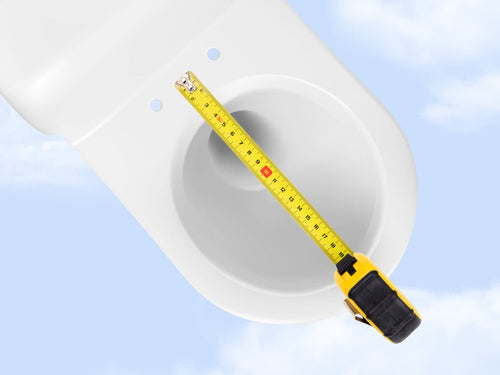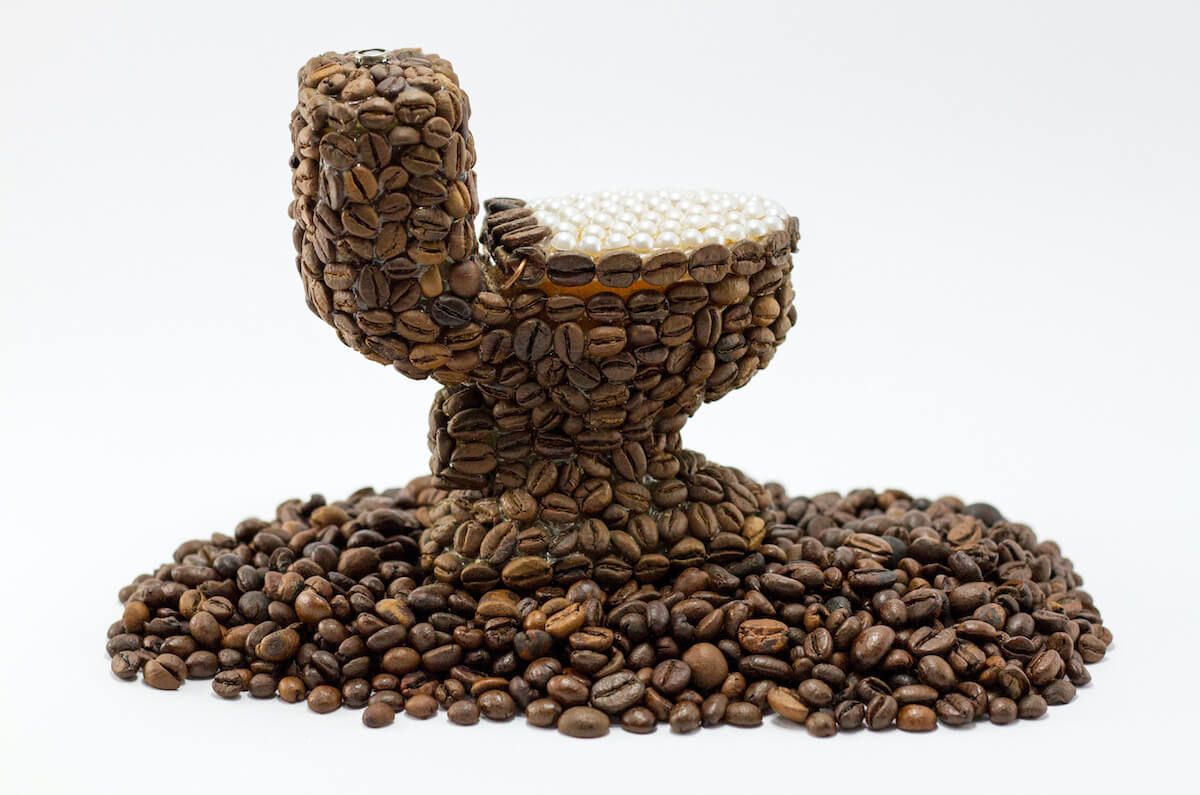Everybody poops. Yes, yes. We say it every chance we get. But not everybody poops out of their butthole people who’ve had ostomies, like a colostomy or ileostomy. Today, we’re turning our attention to the pooping needs of all folks in that category.
Yes, we’re rounding up information on what it’s like to poop into a bag. If you’re looking at adjusting to life with a stoma, or you’re simply curious about ostomy life, read on!
Wait, An Ostomy?
Yeah! An ostomy. An ostomy is a type of surgery that re-routes your waste, kinda like doing road work on your digestive system. This surgery is used when parts of your intestines are damaged or not fully functioning. The ostomy creates a new exit ramp for your poo, by connecting the colon or the small intestine to the abdomen.
There are 2 main types of ostomies that would result in pooping a new way. The first is a colostomy, which connects the colon to the abdomen. In this operation, a portion of the colon or the rectum is removed. Then, the remaining colon (a.k.a. large intestine) is brought to the abdominal wall. Reasons someone might need a colostomy? Well, they include cancer, inflammatory bowel disease, or trauma (like a puncture caused by a car accident). It might be a little easier with a diagram. (Thanks United Ostomy Association of America!)

The other type of poop diversion surgery is called an ileostomy. The difference here is that this surgery connects the small intestine to the abdomen, not the colon. An ileostomy commonly treats ulcerative colitis, Crohn’s disease, FPC (a disease that causes internal polyps), and intestinal birth defects.

Sometimes, these surgeries are reversible. Like, if you needed to remove a cancerous tumor from your colon, it will take time for the colon to be fully functional again. As with all wounds that need to heal, you’d want to avoid getting poop on it. So a doctor would perform a temporary ileostomy, allowing the colon’s surgical site time to heal. In some cases, the surgery is permanent. This would be due to a permanently damaged colon or rectum. Think scar tissue up your ying yang. In this case, it’s a permanent poop reroute.
About 100,000 Americans of all ages, from newborns to aged folks, undergo ostomy surgery every year. That’s roughly the population of Boulder, Colorado. We could rename it Bowel-der!
What The Heck Is A Stoma?
A stoma is the opening in your abdomen from the ostomy surgery. It’s basically a little window for the end of your intestine. Functionally, it’s the end of your digestive tract, so it’s where the poop goes. Basically, it’s like having a bumhole on your abdomen. Hang on a second, now we’re remembering the last time we had an asshole on our stomach ;) :) :o :P
Ok! We’re back!
So the stoma is your new stool station. In appearance, the stoma is a dark pink circle. And all the things that would happen in your intestines happen in your stoma. It’s got little squirty noises, gassy sounds and poop. Unlike your anus, you don’t have muscles or nerve endings around the stoma, so you can’t control the timing of poops. It goes when it’s ready.
About half a million Americans currently have some type of stoma. That’s roughly the population of Omaha a.k.a. Stomaha!
So Where Does The Poop Go?
Well, the poop goes out the stoma. And it goes into, well, whatever is outside the stoma. That’s why you want something there to catch it. The preferred poop receptacle for most ostomy babes is an ostomy bag. This is a small removable pouch that you adhere around your stoma using a type of superglue for the body.
Some ostomy bags are drainable, and some are single-use situations. Either way, ostomy bags need to be replaced regularly. Then your waste pouch goes into the trash.
What’s Living With A Stoma Like?
Ok, we’re for sure not the best people to answer this question. If you’re curious to know more about a normal day with a stoma, check out this journal from Refinery29. Social media is a trove of ostomy influencers, too. These folks can speak from their experience living with a frontal butthole.
One question that’s a little easier to answer is, what’s changing an ostomy bag like? On that, we’ve got you. Basically, the process to change an ostomy bag is this: prep the area in case of an accident. For example, you don’t want to change your bag on a dry-clean-only surface. Then, you need to deactivate the superglue that’s been holding the bag in place. You clean the area around the stoma, let the area dry, and then superglue your next bag on. If it’s your first time, definitely seek help from a medical professional. We also defer to ostomy influencers on this one.
An End to Ostomy Story Time
TUSHY spends so much time obsessing over squeaky clean a-holes, we don’t always talk to each and every real pooping human. But assh*les can be found between your cheeks, they can be found on your tummy, and they’re often found casually indoor dining during Covid.
Ostomy surgery is a rerouting of the digestive process, necessary when some part of the digestive process isn’t working properly. The goal is to divert the poop away from parts of the body that aren’t fully functional by connecting the intestine to an opening in the abdomen. This opening is called a stoma, and it requires regular care and a lifestyle adjustment. With half a million stoma-havers in the U.S. alone, there is a vast array of info about how to make this adjustment as easy as possible.
All in all, TUSHY wants to make pooping better, whether you usin’ that a-hole or your abdomen. Every poopin’ human deserves dedicated bum bidet towels. On that, we’ve got your backside.

































![[Survey] How Long Should You Date Before You Defecate?](http://hellotushy.com/cdn/shop/articles/how-long-should-you-date-before-you-defecate-hero.jpg?v=1611359305)




















